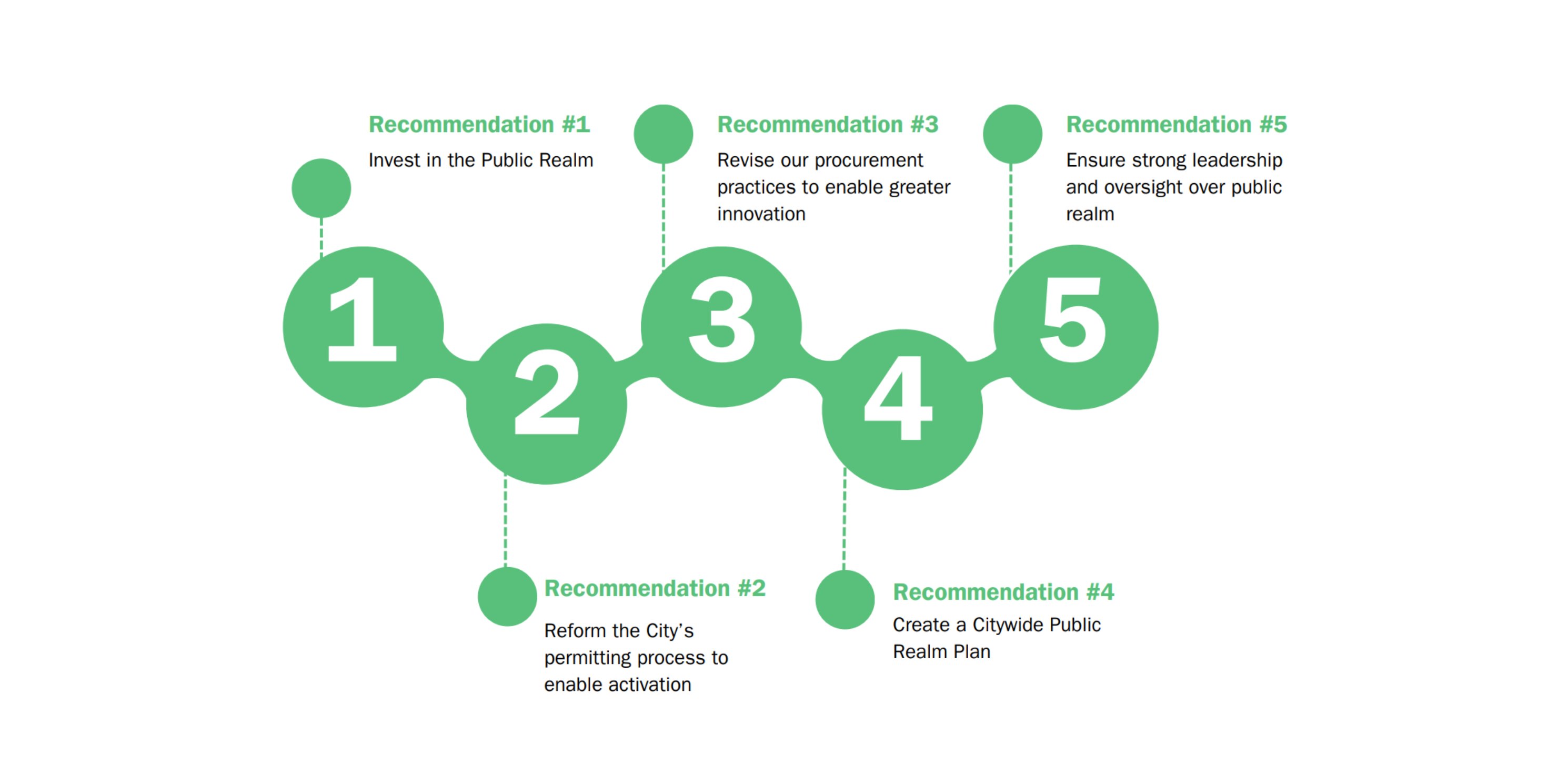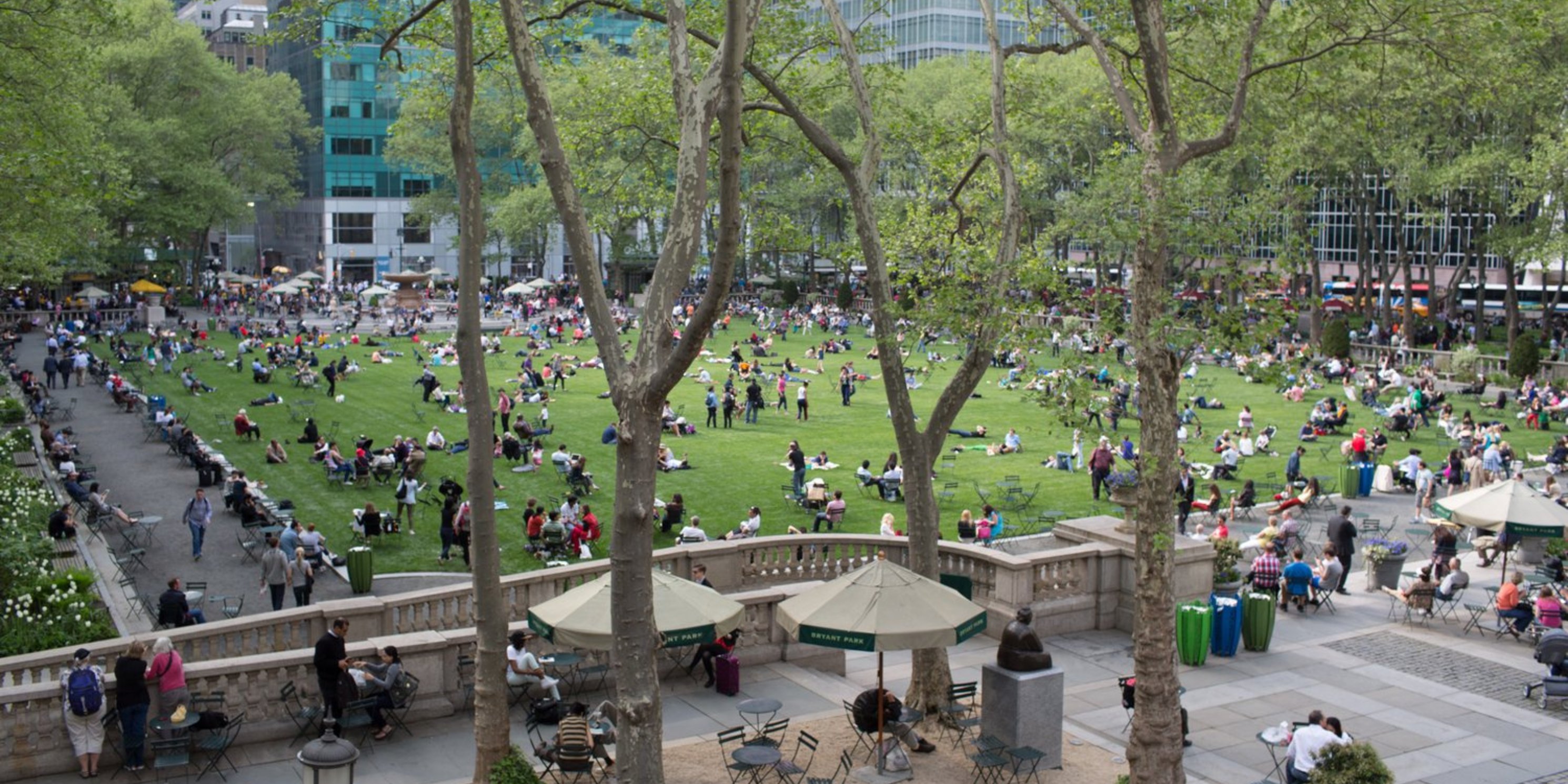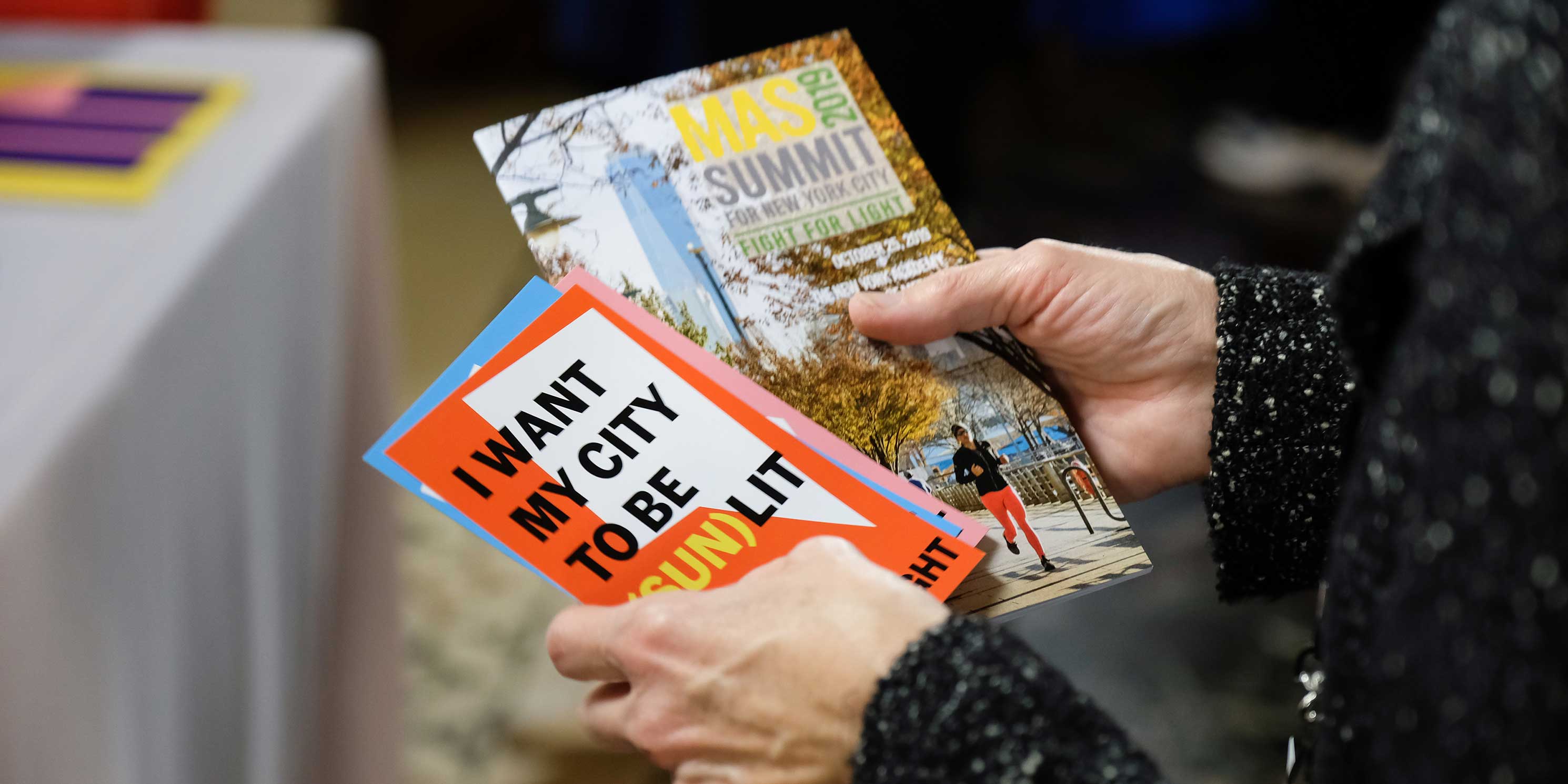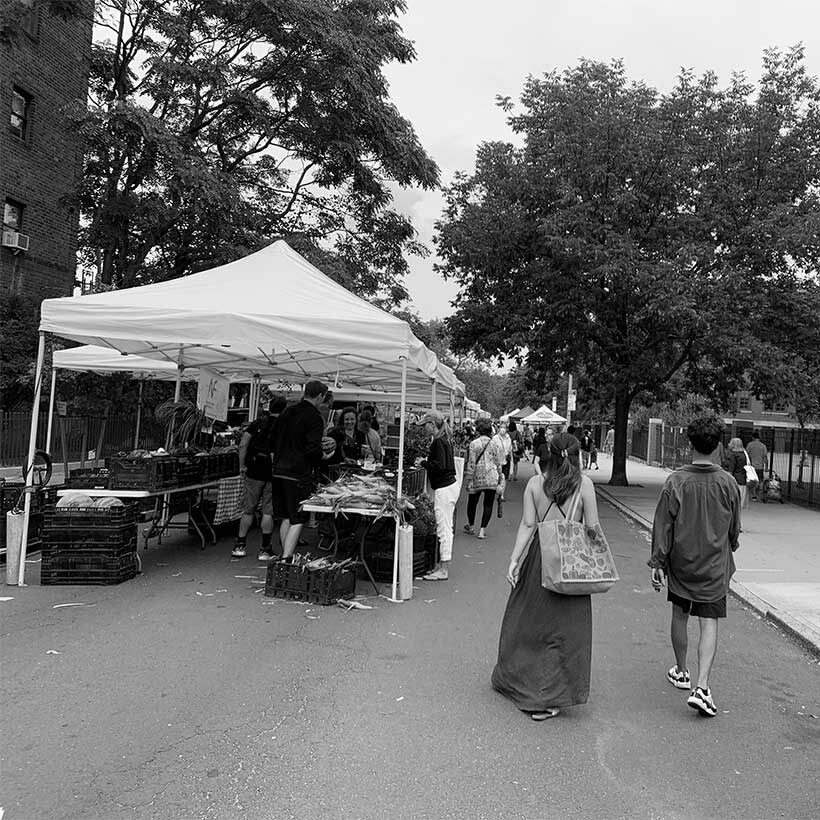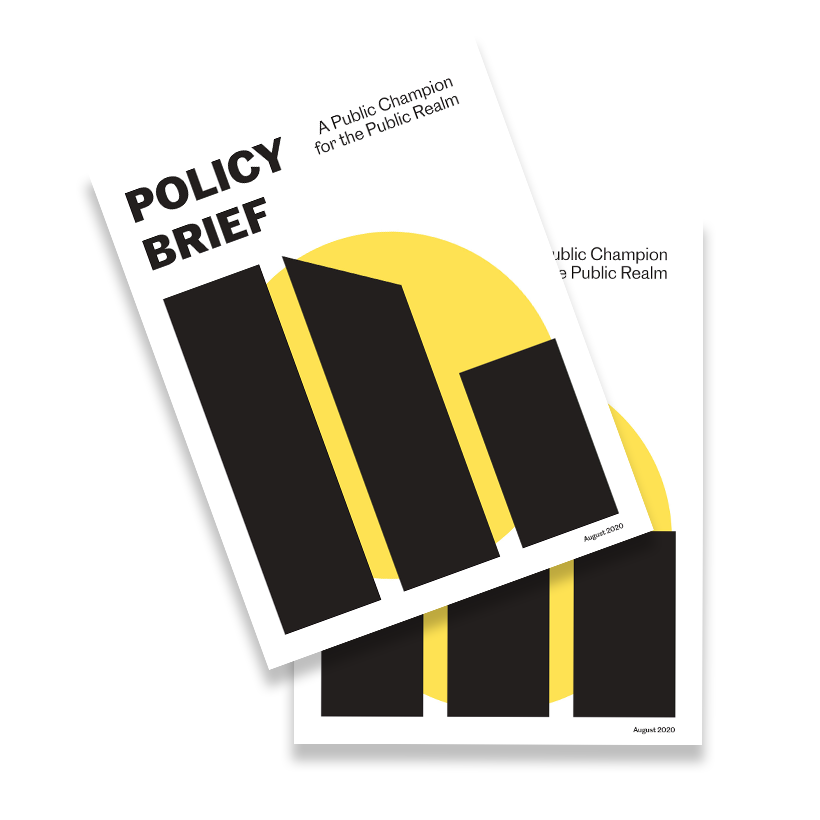The Alliance for Public Space Leadership Launches a 2025 Public Realm Policy Platform
The Alliance for Public Space Leadership (APSL) was co-founded in 2022 by the Municipal Art Society of New York (MAS), the American Institute of Architects New York (AIANY), Open Plans, and New Yorkers for Parks. Design Trust for Public Space joined the steering committee as a key partner in 2023.
Since its founding, MAS has played a pivotal role in the Alliance, galvanizing advocates together to work toward more comprehensive public space leadership in New York City focused on better planning, investment, and management of public space; we believe that the public realm is better when we think about it together.
One key win was the appointment of New York City’s first Chief Public Realm Officer, Ya-Ting Liu, in 2023. Since her appointment, The Alliance has continued to work on issues critical to public space advocates, including permit reforms and the completion and activation of new open space across the five boroughs. With a critical mayoral election this year, how can we ensure that City Hall ramps up focus on much-needed reforms to public space activation and maintenance beyond Midtown?
This winter, MAS worked as part of the Alliance for Public Space Leadership steering committee to canvas over 50 alliance members to inform an updated public realm policy platform. We heard from community-based organizations, small businesses and street vendor associations, business improvement districts (BIDS), disability advocates, design professionals, open street volunteers, park conservancies, and others who have collectively been working on ways to improve New York City’s public spaces across all five boroughs.
Our updated policy platform centers around five key recommendations:
Recommendation #1: Invest in the Public Realm
This includes funding public spaces like the City funds public infrastructure, allocating a percentage of capital project budgets to maintenance, bolstering the City’s capacity for public realm management and maintenance, employing creative value-capture mechanisms to fund public realm projects, increasing funding for summer streets, and baselining more robust funding in the City budget for NYCParks.
Recommendation #2: Reform the City’s permitting process to enable activation
We can achieve this by developing a more transparent online permitting system, reforming the street vending permitting system, establishing clear and consistent criteria for permit approvals, introduce a sliding scale of liability, allow flexibility by offering rain dates, and creating partner programs to allow for reoccurring and consistent programming.
Recommendation #3: Revise our procurement practices to enable greater innovation
Such as by supporting City agencies exploring alternative delivery tools, expanding the vendor pool, enabling small- and emerging-firms to work on public realm projects with streamlined contracts, prioritizing opportunities for economies of scale, and increasing transparency to ensure meaningful community engagement.
Recommendation #4: Create a Citywide Public Realm Plan
By evaluating current public infrastructure and neighborhood disparities, making a comprehensive plan for the maintenance, activation, and creation of public space, expanding the scope of what is considered public realm by rethinking access and beyond the right-of-way, reimagining our curbs and corners, and bolstering community-centered initiatives.
Recommendation #5: Ensure strong leadership and oversight over the public realm
Through the creation of a Public Realm Advisory Group, with streamlined interagency coordination, and by ensuring that public realm leadership within City Hall is well resourced with dedicated funding and staff, has a key role in the decision-making, and is able to focus on how public realm projects intersect with housing, climate, and infrastructure.
How do we define the public realm?
The public realm in the broadest sense encompasses all publicly accessible exterior spaces. Composed of streets, sidewalks, parks, plaza, waterfronts, natural areas, and more, this system of public spaces represents roughly 40 percent of the city’s land mass. The public realm is our civic commons and is critical to our health and well-being. As a collective, we must begin to think about the public realm as infrastructure in the same way that we think about other urban systems like housing and transit. It is complex and requires big-picture thinking with diversified and multifaceted solutions and support.
Learn More:
Visit www.publicspace.nyc/our-platform to read the full details on each of the recommendations above and click here to download the policy whitepaper >
